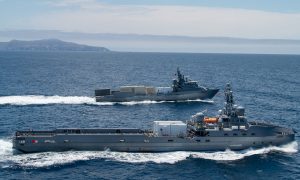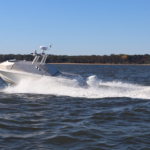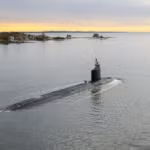
Defense officials confirmed this week two more prototype unmanned surface vessels (USVs) are under construction on the Gulf Coast and will join the Navy by the end of fiscal year 2022. These two ships will have incremental improvements over the first two Defense Department Strategic Capabilities Office (SCO) Ghost Fleet Overlord USVs previously sent from the Gulf Coast to the West Coast, where Surface Development Squadron One (SURFDEVRON) in San Diego, Calif. operates. Last month, the Pentagon said the second…

 By
By 











